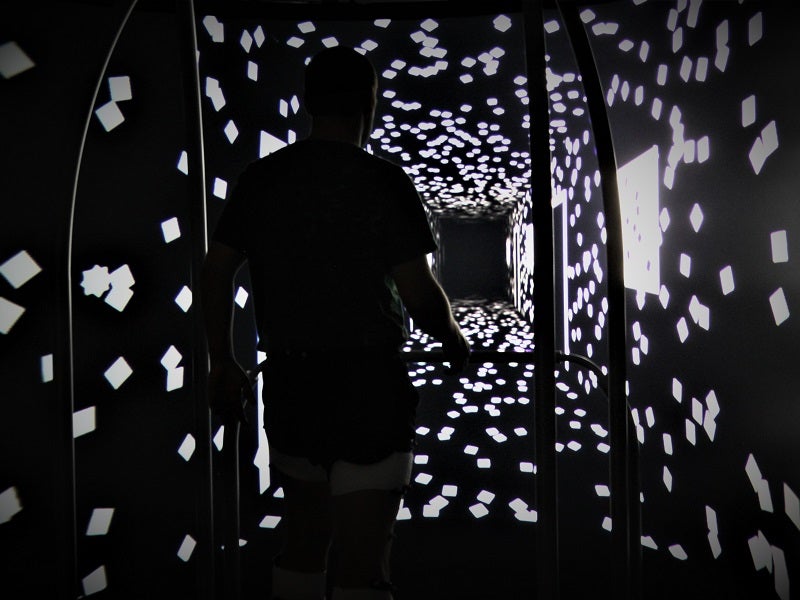
Virtual reality (VR) testing could help to detect the onset of balance problems in people with multiple sclerosis (MS), research from the University of North Carolina (UNC) has found.
People with MS often have an increased risk of falling and injuring themselves even when they feel able to walk normally.

Discover B2B Marketing That Performs
Combine business intelligence and editorial excellence to reach engaged professionals across 36 leading media platforms.
The study, published in PLoS One, used a VR system to trick subjects into thinking they were falling as they walked on a treadmill, with MS patients reacting very differently to people of the same age who did not have MS.
The VR device gave patients the illusion they were walking down a hallway, at the same speed at which they were walking on the treadmill. Side-to-side wobbles in the scene then created the illusion for each subject that they were becoming unstable, triggering a corrective reaction measured through gait change and foot placement.
These differences were not evident between the two groups when they walked normally, without the falling illusion. The researchers believe that a VR-based test could be used to alert MS patients to emerging balance problems at an earlier stage.
UNC assistant professor Jason Franz said: “Our promising results suggest that one can use VR to detect balance problems that usually go undetected until the individual starts experiencing real falls at home or work.”

US Tariffs are shifting - will you react or anticipate?
Don’t let policy changes catch you off guard. Stay proactive with real-time data and expert analysis.
By GlobalDataIn total, 14 people with MS and 14 age-matched non-MS participants were tested. There were clear differences in their behaviour during the VR balance challenge, but during normal walking it was hard to distinguish between the two.
Franz said: “During normal walking without VR – even with our sophisticated lab equipment including a battery of 3D motion capture cameras – we could not effectively distinguish people with MS from the healthy, age-matched individuals. So this perturbed-walking approach could have a lot of important clinical and translational applications.”
The UNC team is now adapting the system for use with consumer-grade VR headsets, with hopes this could be used as a routine diagnostic tool in neurologists’ clinics to detect subtle balance impairments that may not be recognised otherwise.
The researchers also hope to develop the VR system as a physical therapy tool to help MS patients improve their balance and thus reduce the risk of falls.





